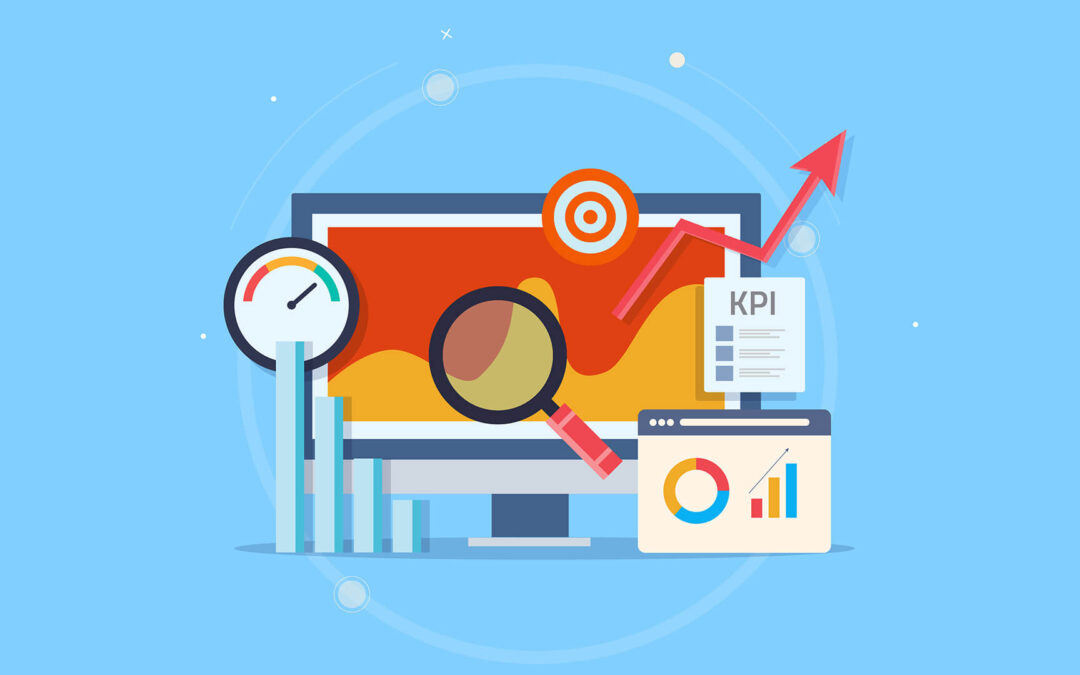Congratulations on taking the plunge into the exciting world of ecommerce! As you navigate the initial stages of growth, keeping a close eye on your financial health is crucial. But with so many metrics to consider, where do you even begin?
Don’t worry, we’ve got you covered. This post will guide you through the essential financial metrics every ecommerce startup should monitor to ensure smooth sailing and informed decision-making.
- Revenue & Sales Growth:
Sales Revenue: This is the lifeblood of your business. Track your total sales over time to identify growth trends and measure the effectiveness of your marketing and sales efforts.
Average Order Value (AOV): This metric reveals the average amount customers spend per order. Analyzing AOV helps you determine pricing strategies, product bundles, and upselling opportunities.
- Profitability:
Gross Profit Margin: This metric shows the profit remaining after accounting for the direct costs of goods sold (COGS). A healthy gross profit margin ensures enough room to cover operating expenses and generate income.
Net Profit Margin: This metric reflects your overall profitability after factoring in all operating expenses, including marketing, rent, salaries, and more.
- Customer Acquisition Cost (CAC):
Understanding how much it costs to acquire a new customer is crucial. Track your marketing and advertising spend against the number of new customers acquired to calculate your CAC. Aim to keep your CAC below your average order value to ensure profitability.
- Customer Lifetime Value (CLV):
This metric estimates the total revenue a customer generates for your business throughout their relationship with you. A high CLV indicates strong customer loyalty and a sustainable business model. Analyze factors like repeat purchase rate and average order value to calculate CLV.
- Conversion Rate:
This metric measures the percentage of website visitors who complete a desired action, typically making a purchase. Track your conversion rate across different marketing channels to identify the most effective ways to convert visitors into paying customers.
- Customer Acquisition Costs vs. Customer Lifetime Value (CAC:CLV Ratio):
Analyze the relationship between how much it costs to acquire a customer and the total revenue they generate over time. Ideally, your CLV should be significantly higher than your CAC to ensure a healthy return on investment for your customer acquisition efforts.
- Inventory Turnover:
This metric reflects how efficiently you manage your inventory. A high inventory turnover indicates you’re selling products quickly and not holding onto excess stock, minimizing storage costs and the risk of obsolescence.
- Return on Ad Spend (ROAS):
If you’re running paid advertising campaigns, track your ROAS to measure the effectiveness of your ad spend. Analyze which campaigns generate the most revenue and adjust your advertising strategies accordingly.
Remember:
- Regularly monitor and analyze these key metrics.
- Track trends over time to identify areas for improvement.
- Use this data to make informed business decisions about pricing, marketing, product development, and resource allocation.
By closely monitoring these financial metrics, you’ll gain valuable insights into the health of your ecommerce startup and make data-driven decisions that pave the way for sustainable growth and success.


